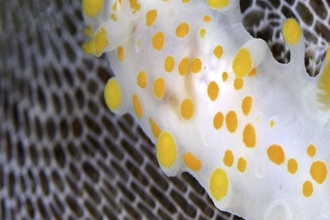Birds’ legs and feet are diverse, deadly and dramatic. They are specially adapted for different environments, functions and purposes. Some feet work like oars, others grip and catch prey, and some birds don’t even have functioning feet! Most birds need very strong and capable feet to balance their weight on two legs. Did you know that the joint we see on birds’ legs which bends backwards is actually their ankle? We cannot see most of the bird’s legs as they are obscured by fluffy feathers. The foot bone connected to the ankle is called the tarsometatarsus, and the toes, or digits, are fused to the bottom. So birds actually walk on their toes!
Woodpeckers have very cool toes. Most birds have four toes (three at the front and one hind toe) but woodpeckers have two toes to the front and two at the back, which gives them the special variation they need to attach to tree trunks. Swifts have evolved to have very short legs as they never land on the ground, but they have powerful feet to hold on to cliffs and walls.

Guy Edwardes/2020VISION
Paddles
Ducks and swimming birds look so graceful on the water, don’t they? Under the surface their webbed feet are working really hard, pushing through the water to propel forwards. They have flexible skin between their toes which helps them paddle along.

Mark Hamblin/2020VISION
Grips
The feet of birds of prey are ferociously powerful and are called talons. They have a deadly grip which crushes the smaller birds or mammals these impressive birds need to survive and are strong enough to hold the prey intact during flight. Owls and other raptors look as if they have no legs whilst perching on a tree but watch them extend as they catch their dinner!

Niallbell.com
Stilts
Waders have really long legs so they can walk, or wade, in deep water. This adaptation means that their feathers stay nice and dry, ready for flight. You will often see wading birds balancing on one leg. This is because birds lose a lot of heat through their legs, and this is how they keep warm.





